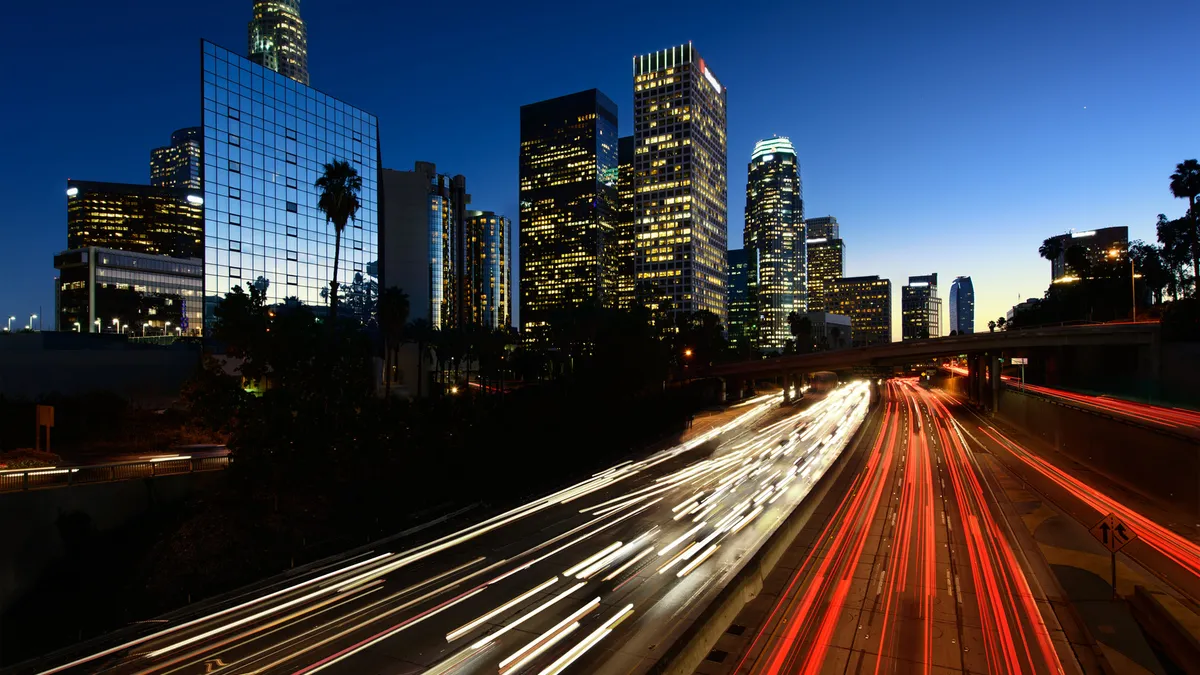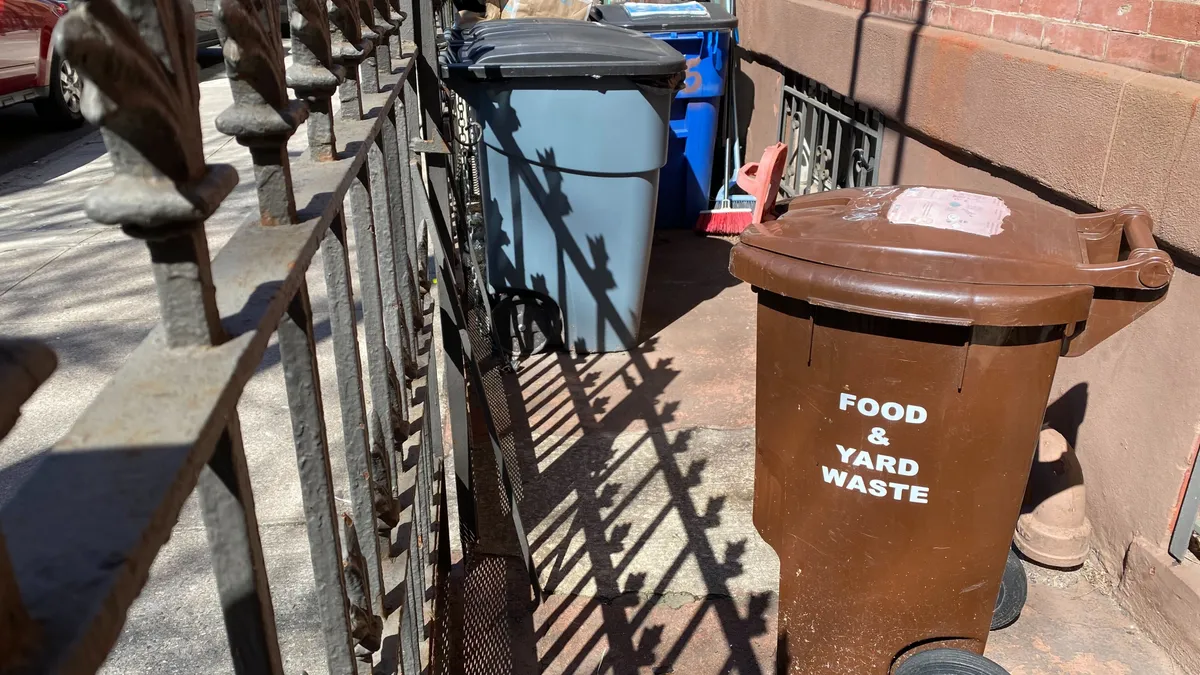Information technology can't pick up trash alone, but it can help clean up city streets. Los Angeles’s comprehensive Clean Streets LA (CSLA) initiative is proving that by addressing street cleanliness using data and mapping.
Los Angeles Mayor Eric Garcetti launched the initiative through Executive Directive No. 8 two years ago, calling for the city to partner with residents, businesses, community organizations and other stakeholders to get the city clean. The partnership includes Los Angeles Sanitation, the Bureau of Street Services, the Information Technology Agency, the Board of Public Works, the Los Angeles City Attorney, the Department of Neighborhood Empowerment and other various departments.
"Our quality of life, our economic prosperity, and our health are all tied to the cleanliness of our streets, sidewalks, alleys, and other public spaces," Garcetti said in a statement.
One of the projects launched from CSLA is CleanStat, a database and map that measures garbage on more than 9,100 miles of Los Angeles streets. Beginning in 2016, sanitation inspectors visited every street and alley in Los Angeles to document conditions, snapping smartphone photos and sending them to a central database. Based on their assessment, each block received a score of 1, which means the street is clean, 2, meaning the street is somewhat clean or 3, which is a street that requires immediate attention. Each street score is based on four factors: litter, weeds, bulky items and illegal dumping.
"Our quality of life, our economic prosperity, and our health are all tied to the cleanliness of our streets, sidewalks, alleys, and other public spaces."

Eric Garcetti
Mayor, Los Angeles
Those results are put on a color-coded map is accessible to the public. At the end of 2016, only 1% of streets were considered a level 3. The city said there has been a 82% reduction in level 3 streets and a 84% reduction in level 2 streets. The map notes that the numbers fluctuate throughout the year and that "deeper analysis of temporal trends is anticipated."
Already, there are lessons gleaned from the data.
"We saw halfway through the implementation that there was a spike in service requests and illegal dumping in August and September — which the street crews informed us was a seasonal trend," said Lilian Coral, Chief Data Officer for the City of Los Angeles. "While I was a little apprehensive about changing the methodology of such a large-scale program along the way, we learned that we needed to be agile in order to accurately represent the ongoing activity on city streets."
According to Coral, the city saw a sharp decrease in the amount of illegally dumped debris in 2016 and was able to eliminate a backlog of more than 41,000 illegal dumping requests.
Beyond sending out teams to deal with hot spots, the city has put out more than 1,500 trash cans which are also mapped and available online. Some of those receptacles are from Bigbelly, a maker of smart waste and recycling systems.
The solar-powered, cloud-connected Bigbelly system gathers and analyzes data from its waste and recycling units for a complete waste management solution that increases sanitation departments' operational efficiencies. The units come with sensors that can notify waste collection employees when units near capacity, keeping sanitation trucks off the street until they are necessary.
The Bigbelly system can be found across Los Angeles’s streets and parks and in three different Council Districts. There are more than 400 smart systems in place across Los Angeles.
"We walk the streets with the collectors, with the people who really know what’s going on there,” said Leila Dillon, Bigbelly’s Global Marketing Vice President. “It’s about creating a unique deployment for that area and what we are trying to solve.”
With its sprawl, the city presents a special set of challenges compared to other cities, but Los Angeles has overcome those hurdles. Los Angeles County Parks was recently named in Bigbelly’s Top 25 highest recycling diversion for 2016 with a recycling diversion ratio of 42%. Los Angeles County District 1 was also number six in Bigbelly’s top 25 list of most efficient smart city deployments.
"It’s about creating a unique deployment for that area and what we are trying to solve.”

Leila Dillon
Global marketing vice president, Bigbelly
After data starts coming in, Dillon said that Bigbelly units can be moved, added or switched to different models depending on the needs of the area.
"We are capturing all that data the moment it goes on the street," Dillon said.
Coral said that CleanStat has inspired other cities and partners to think about how they can use data to improve their communities. As the program and volume of data grows, Coral said they expect it will enable and inspire even more innovative approaches to service enhancements and design.
"The main lesson for other cities is to be flexible," said Coral. "The roll-out has provided us with greater insights into the city’s geography and seasonal trends, which inevitably brings change to implementation."



















